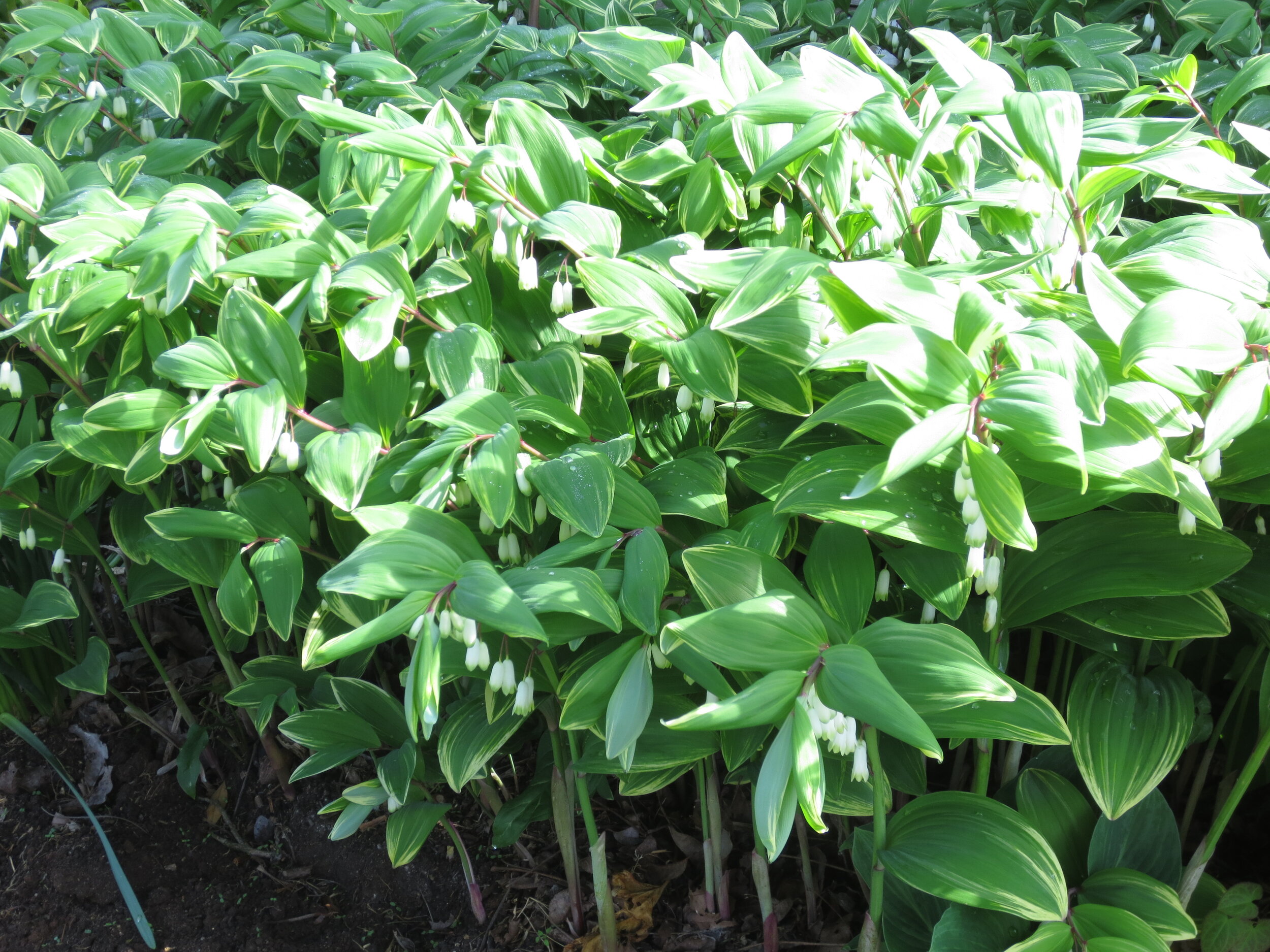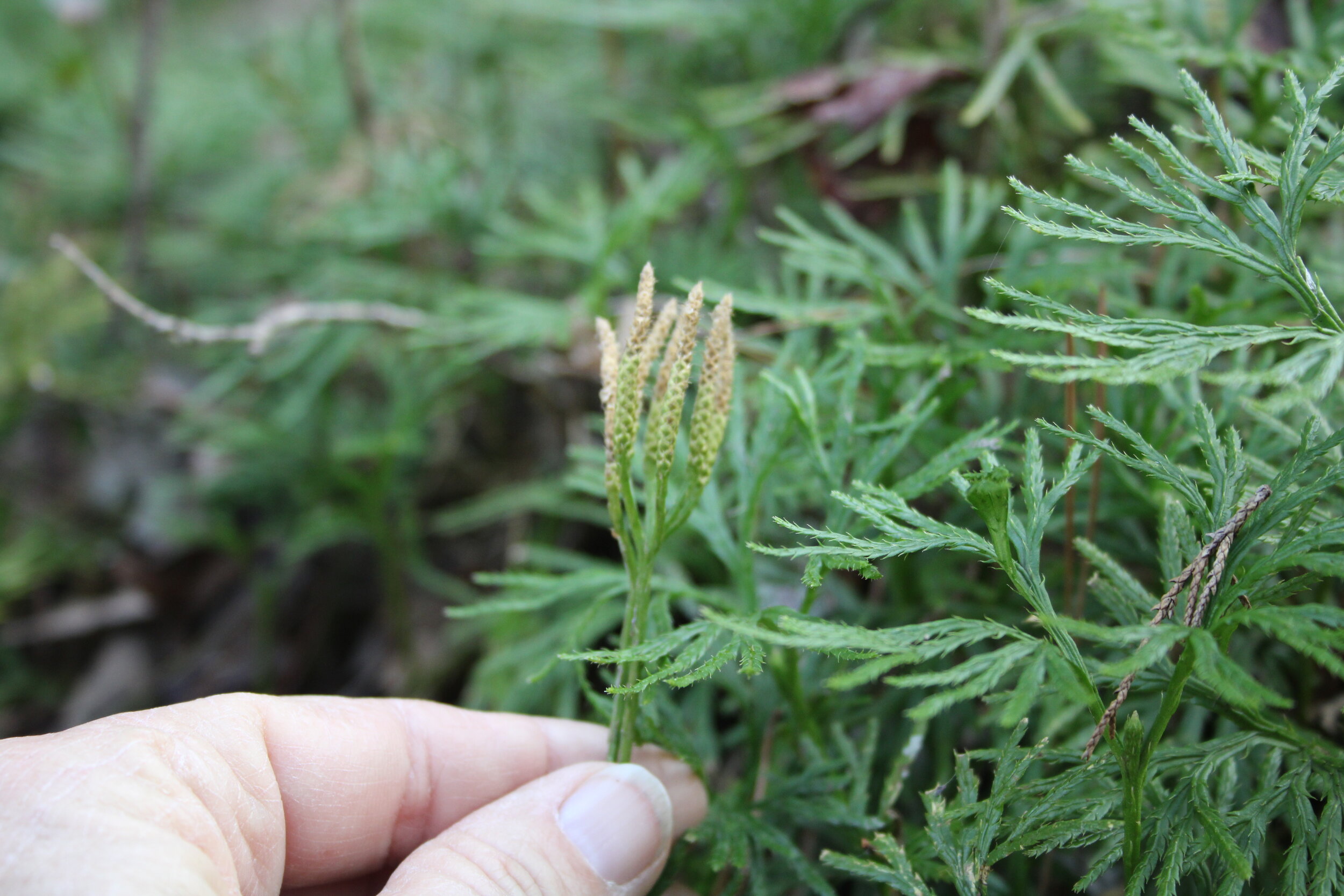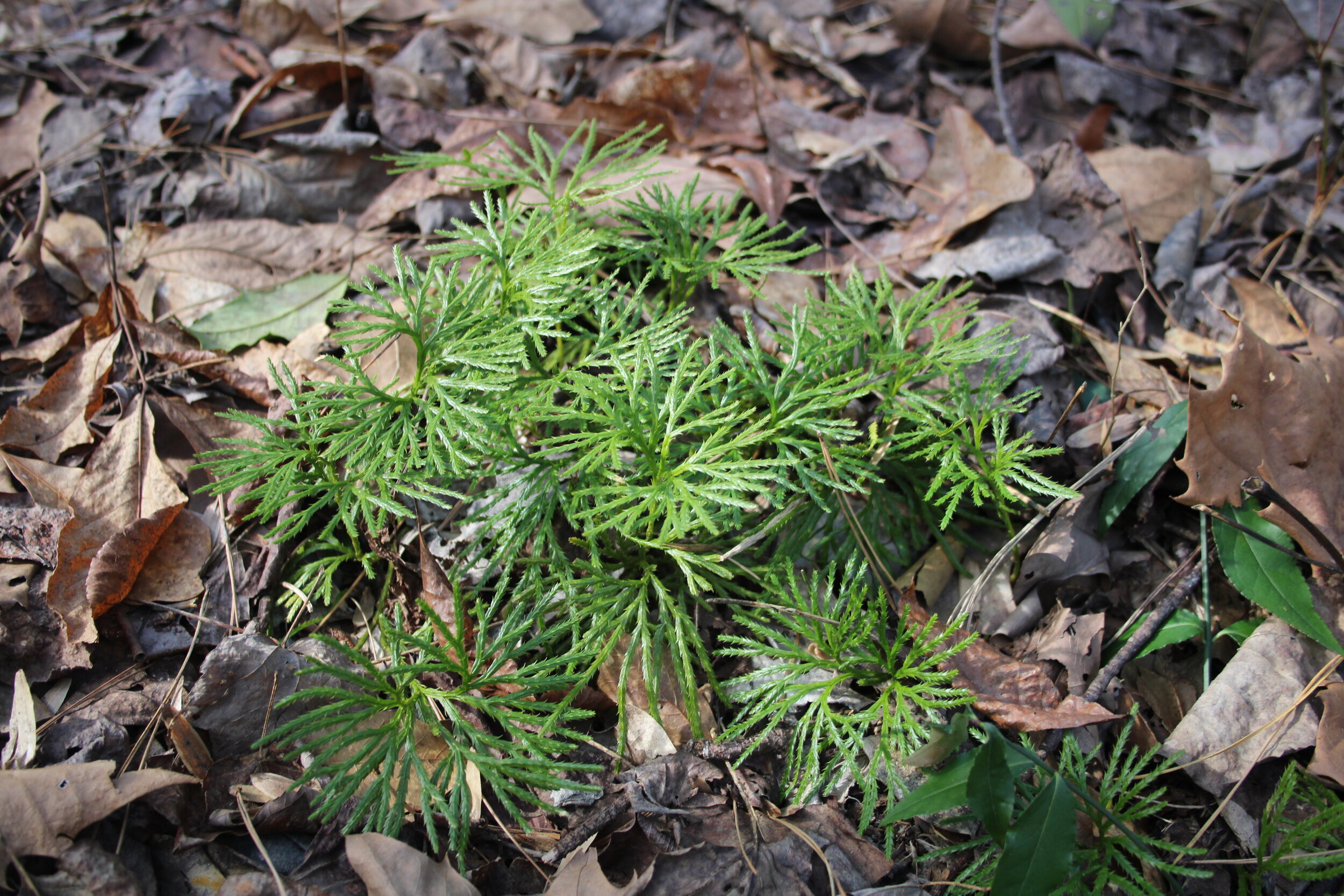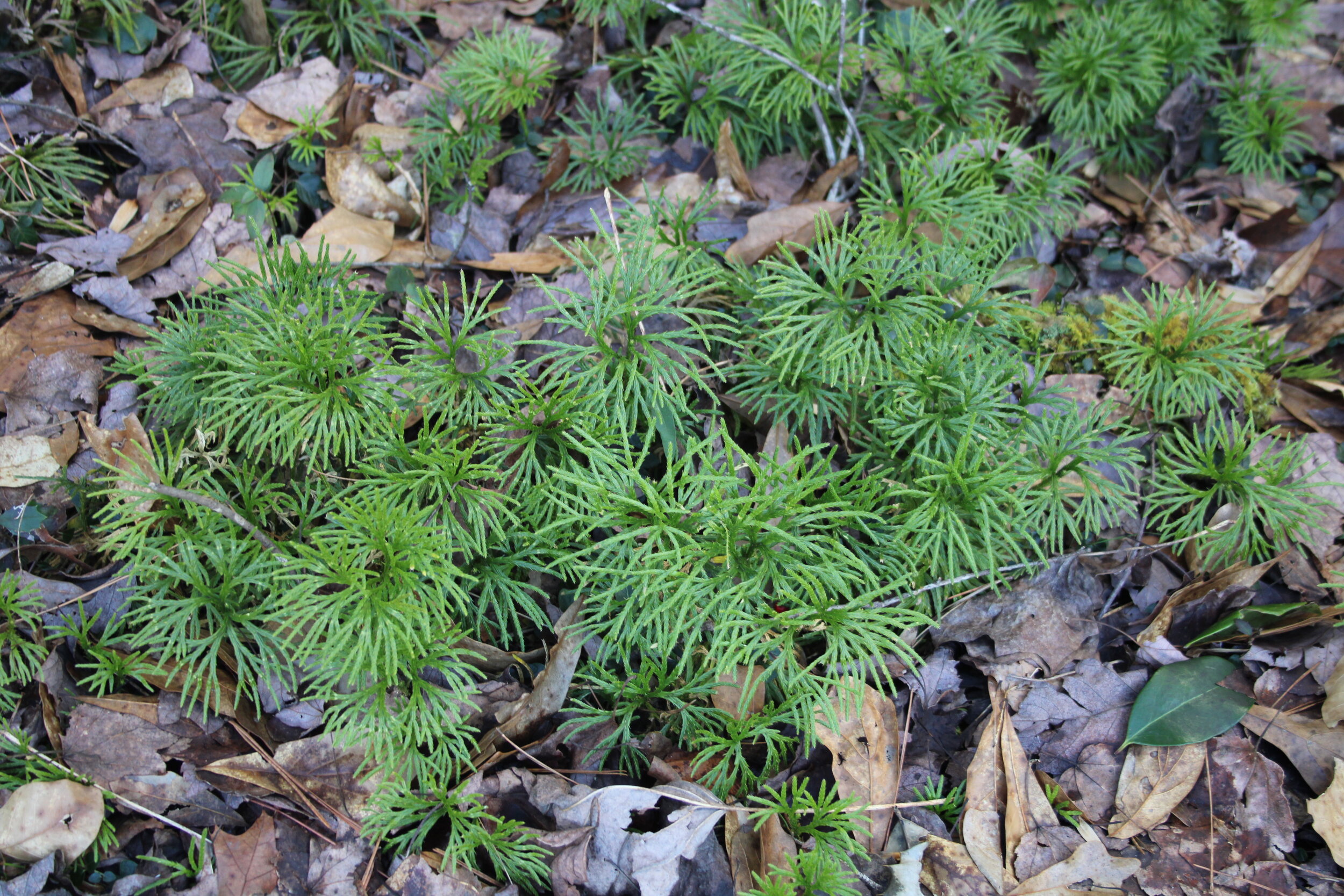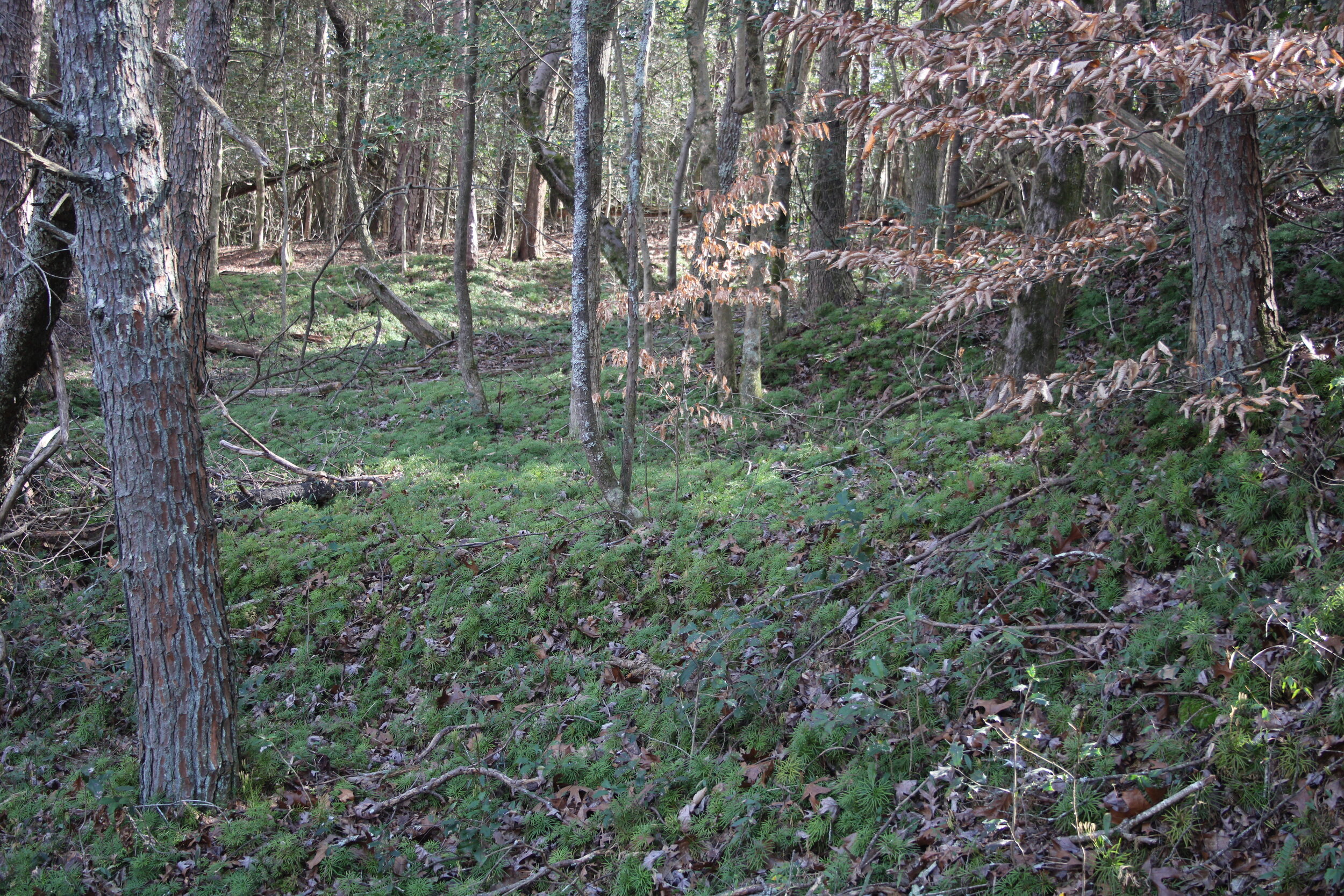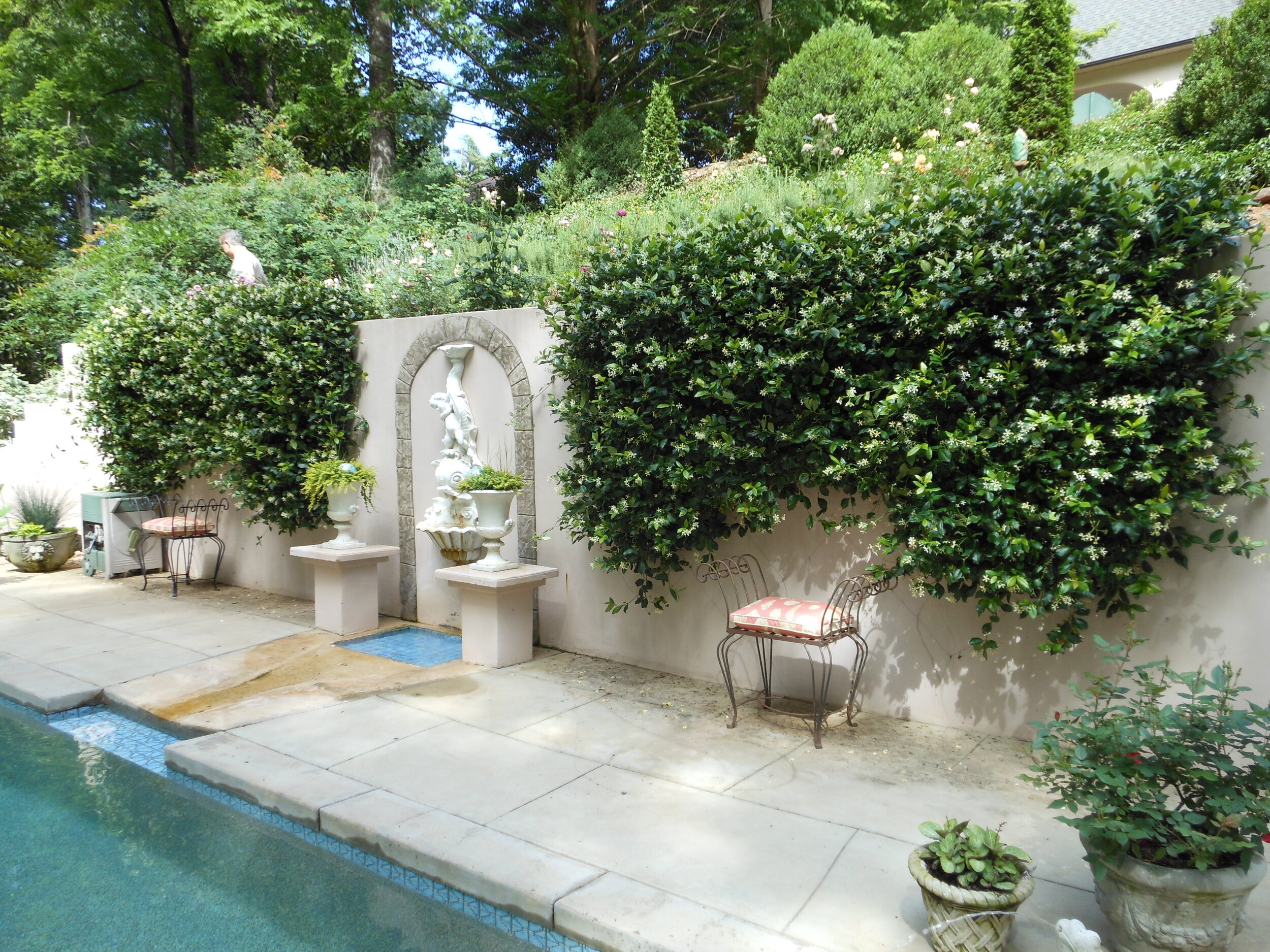The battle begins anew each winter. Artificial or live tree? There are good reasons for both sides of the argument: environmental, financial, health, tradition and aesthetics.
The American Christmas Tree Association says that 75% of American households display a Christmas tree and 82% of those are artificial. For some families, taking the drive to a farm and selecting their tree of choice is an annual tradition without which the season would be incomplete. Other “live” options are to decorate a living tree outside one’s home (no gifts underneath) or to purchase a ball-and-burlap tree and plant it outdoors after the holidays. Unless you own acreage, this is only practical for a few years.
Cutting a tree down is not necessarily bad for the environment, unless you chop one randomly from a forest. Today Christmas trees are farmed, just like corn or tomatoes. Trees take about ten years to reach marketable size, but they can be grown on terrain that is too hilly for growing edible crops. The field space left empty when a tree is harvested is soon filled with a seedling tree to start building toward the next harvest. I know a couple who farmed cut-your-own Christmas trees on a small scale in the tiny town of Gilbert, South Carolina. They told me that regular hand-trimming was required to produce strong, dense, well-shaped trees, and they also sprayed theirs with a water-soluble pigment that became permanent when dry to ensure consistent green color. Trees that were not chosen by purchasers several years in a row became too large to sell and had to be removed and discarded.
Real trees are not exactly recyclable, but they are biodegradable. They will decay naturally. Many townships offer curbside tree pick up through January. Their collection is either ground into mulch or dropped into lakes to provide a habitat for fish.
False trees offer uniform shapes (no holes) and branches strong enough to hold the heftiest cut-crystal ornaments without the danger of them crashing to the floor when a dry branch becomes brittle. Unfortunately, many fakes will eventually find their way to a landfill.
The ACTA (represents artificial tree manufacturers) says that the environmental impact of the faux is less than the impact of a real tree IF consumers use the fake for five years or more before it goes landfill-bound. The NCTA (represents growers of live trees) argues that statistic ignores the environmental impact (“carbon footprint”) of manufacturing the fake tree components and shipping them from China. They further point out the water use required during manufacturing, the effect on wildlife, and US farmland and job preservation.
What about the finances of the choice? A Nielsen/Harris poll in 2017 found that the average price of a live tree was $75, while the average price of an artificial tree was $107. In my area, live trees are cheaper and artificial trees are more expensive than these statistics. Still, you don’t have to be a math genius to see that there is a short payback for the fake. Those fakes are usually made in China from PVC and steel components. If the current tariff threat worsens, buyers can expect the prices to increase.
If you suffer from allergies, fake might be the best choice. Live trees exude a wonderful fragrance – and perhaps dust, fungi or mold spores. If you are especially sensitive, rinse a live purchase with a hose and allow it to dry outside before bringing it indoors. The PVC used in most artificial trees can contain arsenic, lead, and other baddies. When new, they can release VOCs (volatile organic compounds) that cause headaches and nausea in sensitive people.
Whether you go real or faux, using LED lights consumes less energy and produces less heat. Please keep live trees well-watered. A dry tree is extremely flammable.
Here at New Hope Farm, we made the change to artificial ten years ago. The spaces between the wood plank floors in our 135-year-old home shrink and grow with temperature and humidity changes. I found that I was vacuuming needles from those cracks as much as six months after the holidays. After the holiday, I felt guilty about discarding something that had once been a lovely, living thing. (Sounds sentimental, I know, but I also have difficulty in discarding seedlings when I’m thinning garden vegetables.) Our current tree is behemoth, seven feet wide at the bottom and three of the four sections are quite heavy. Once up and decorated, it requires no further attention until time to disassemble and haul back to its storage area. I miss the aroma of a live tree, so I compromise by placing vases of greenery in every room. We have plentiful pine, cedar, cypress and magnolia, so when an arrangement starts looking tired, I cut fresh greens and toss the spent materials in the fire, when I get a final fragrant farewell.

